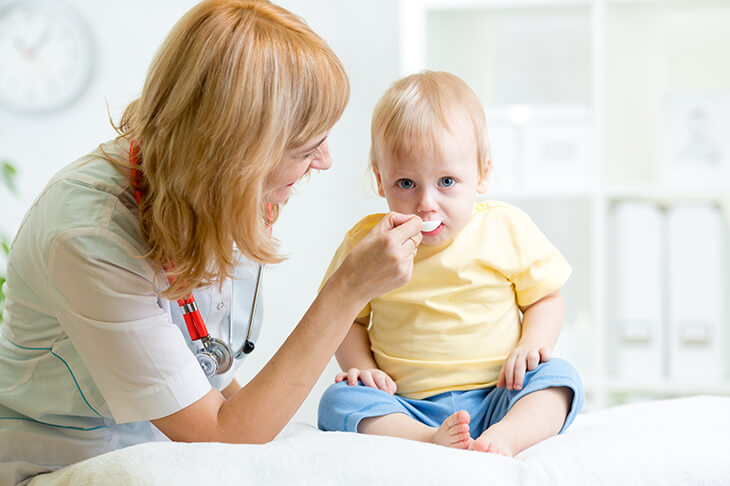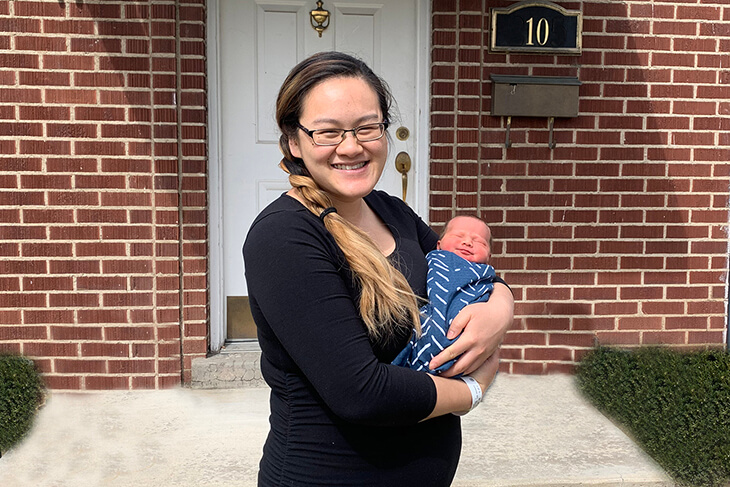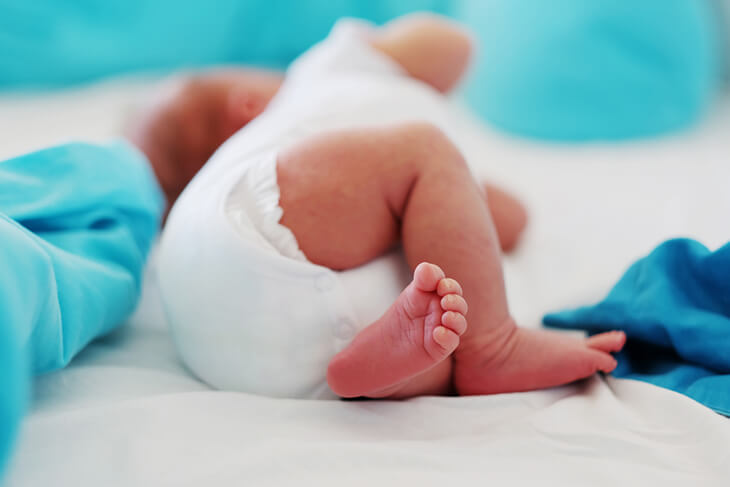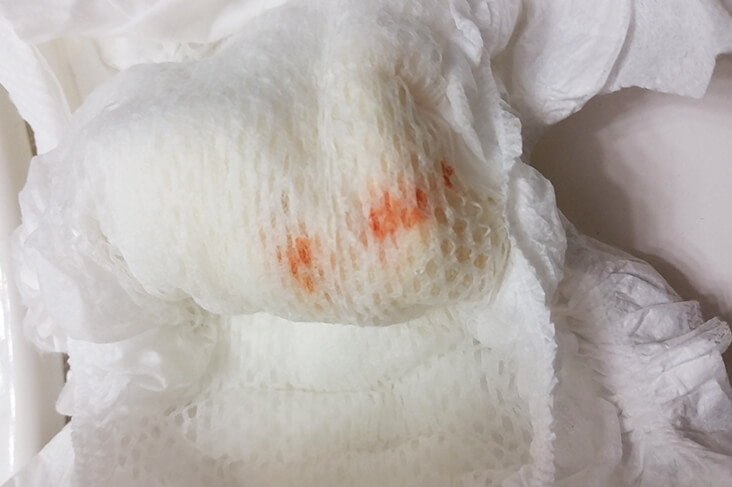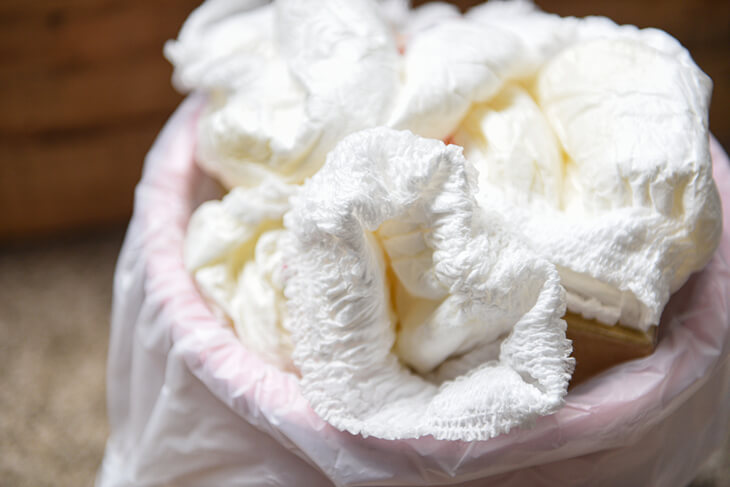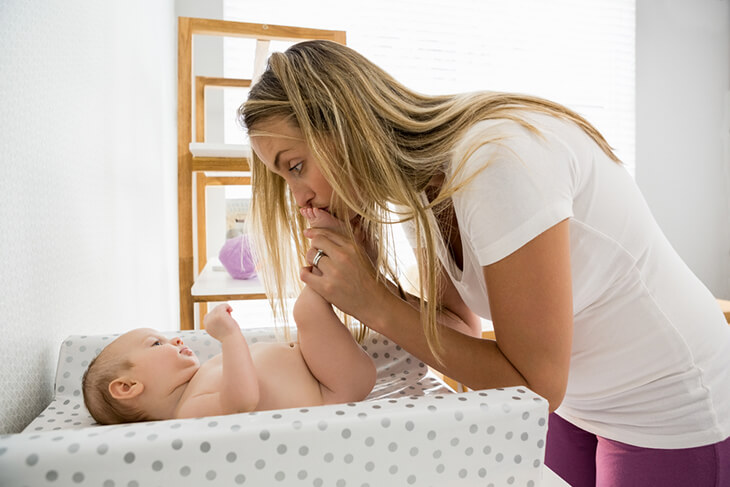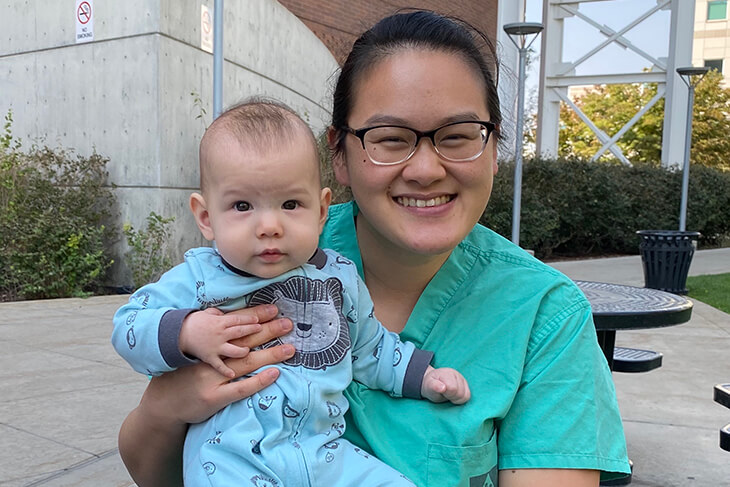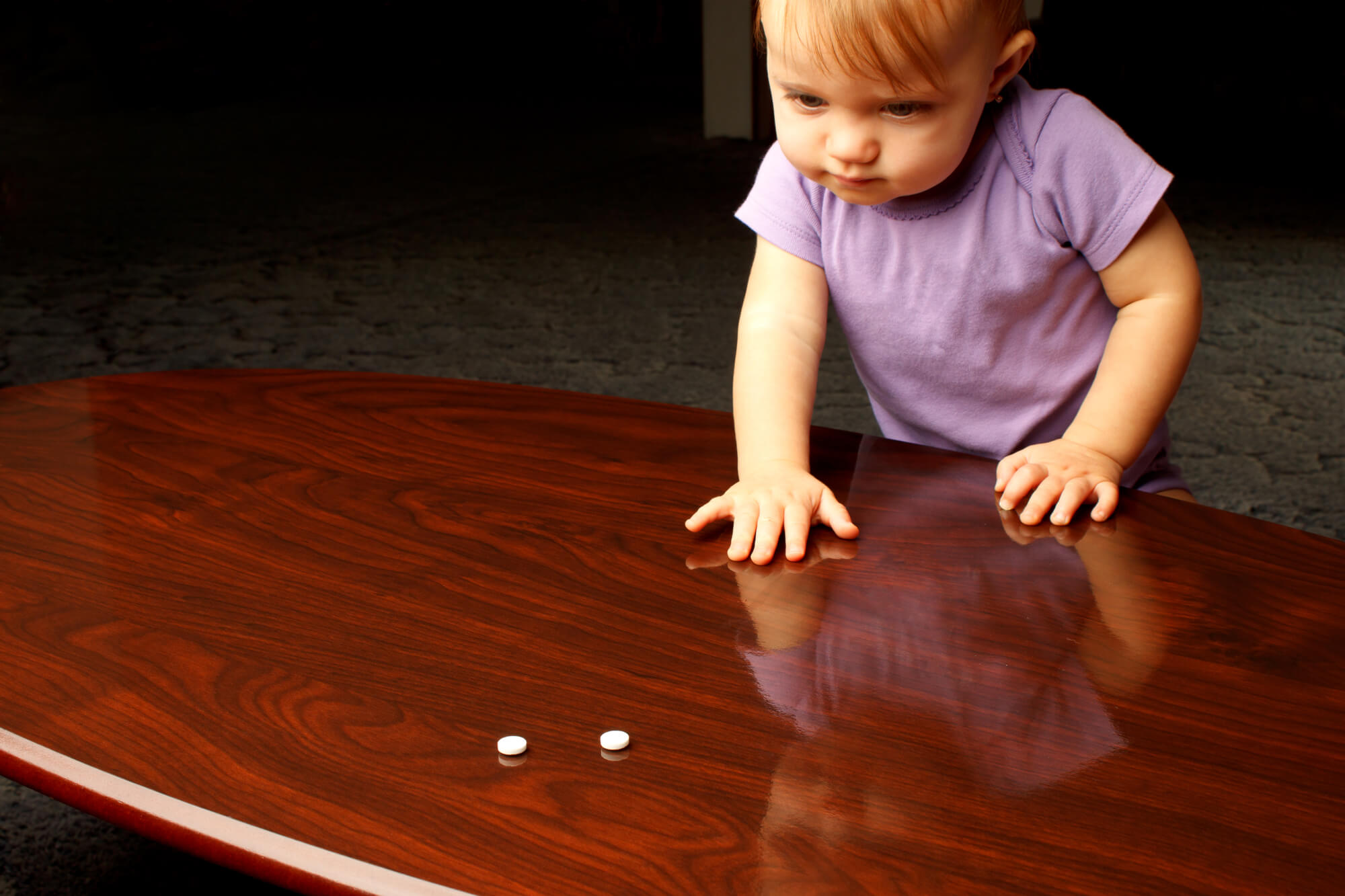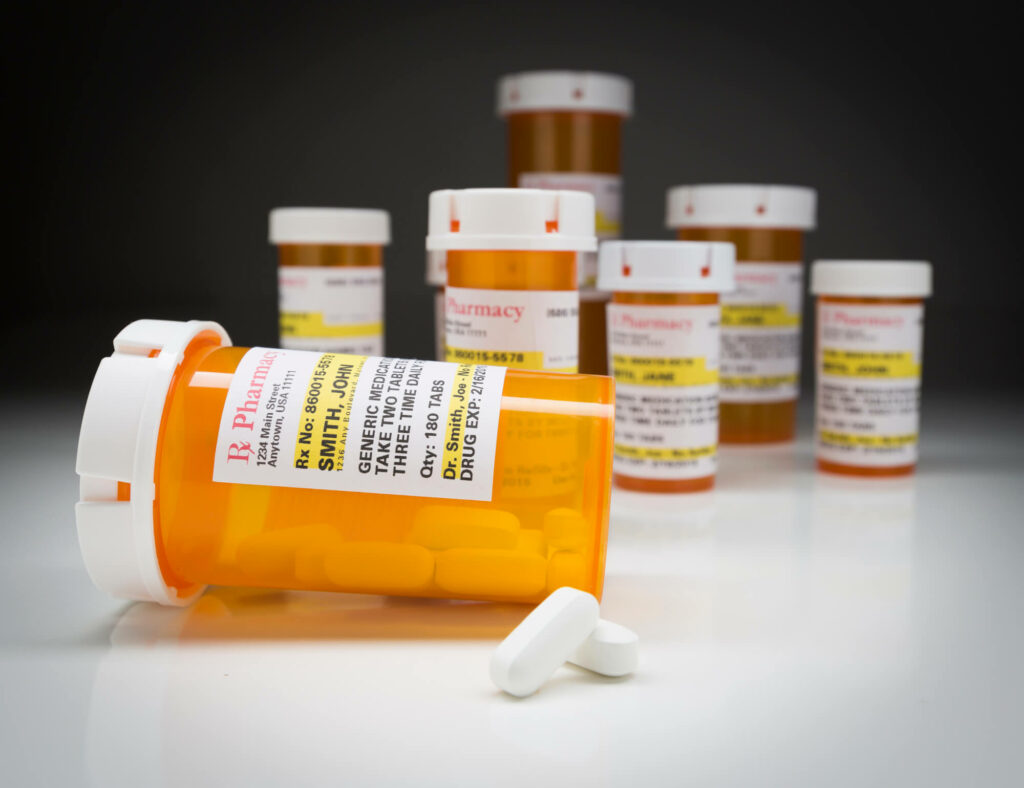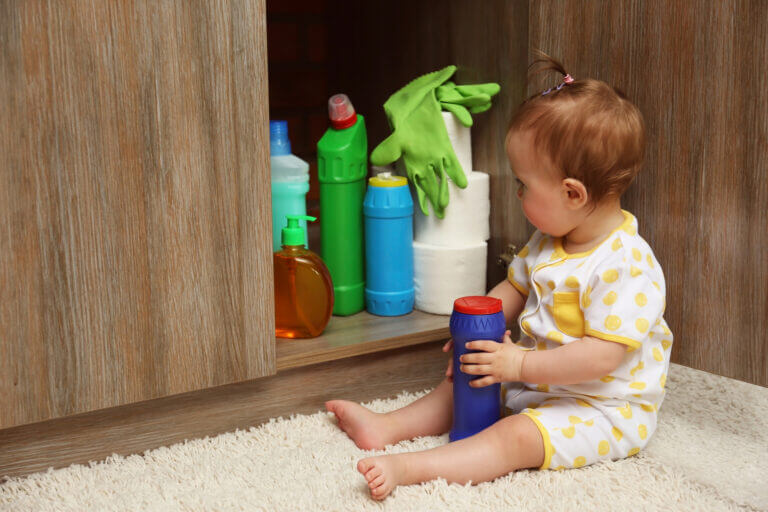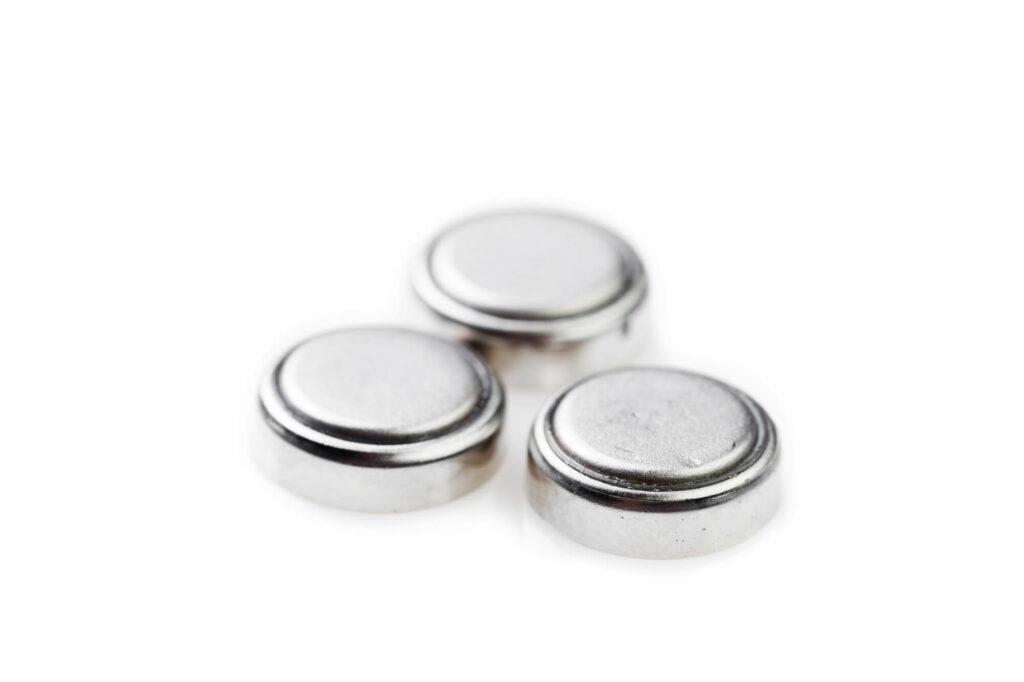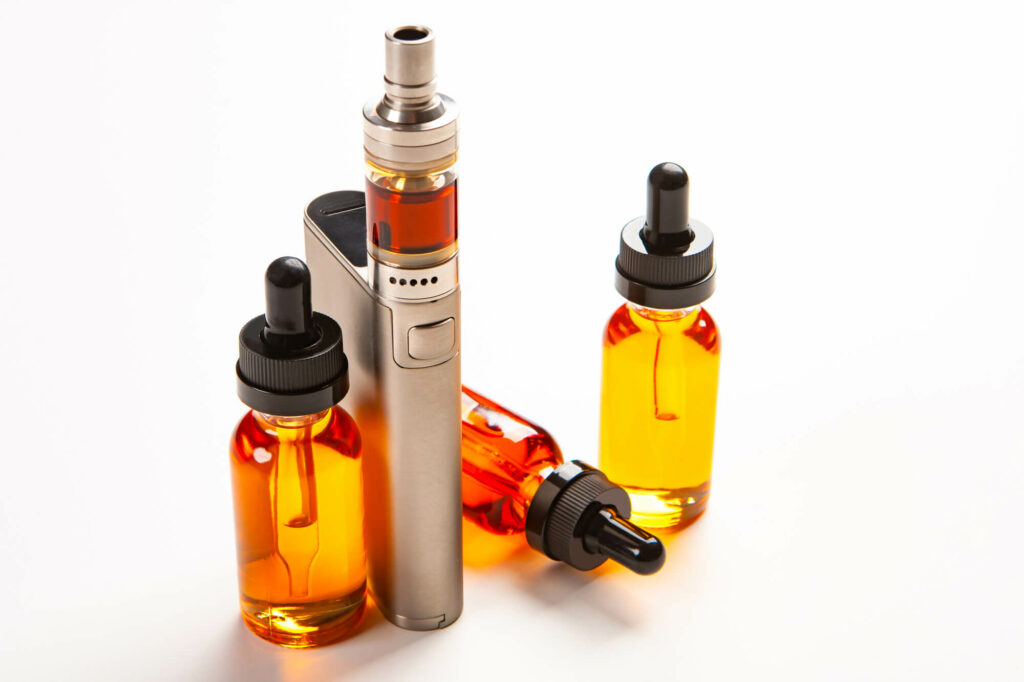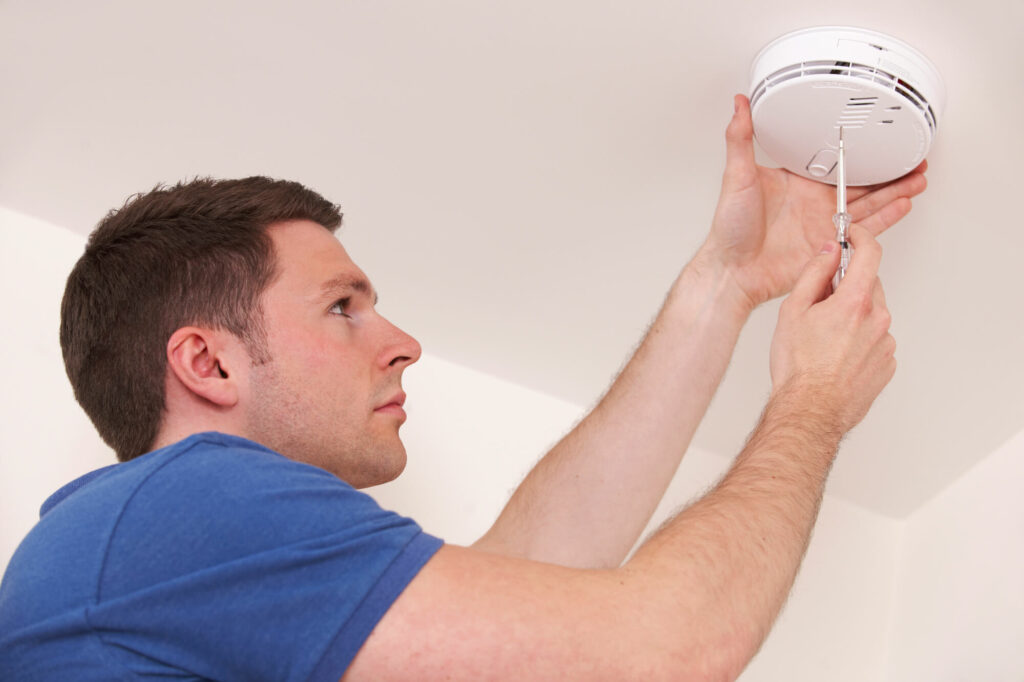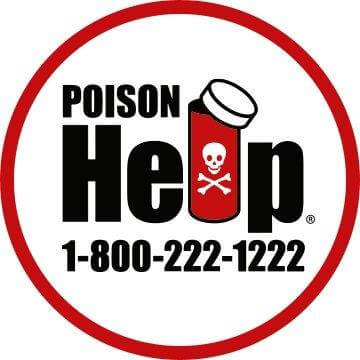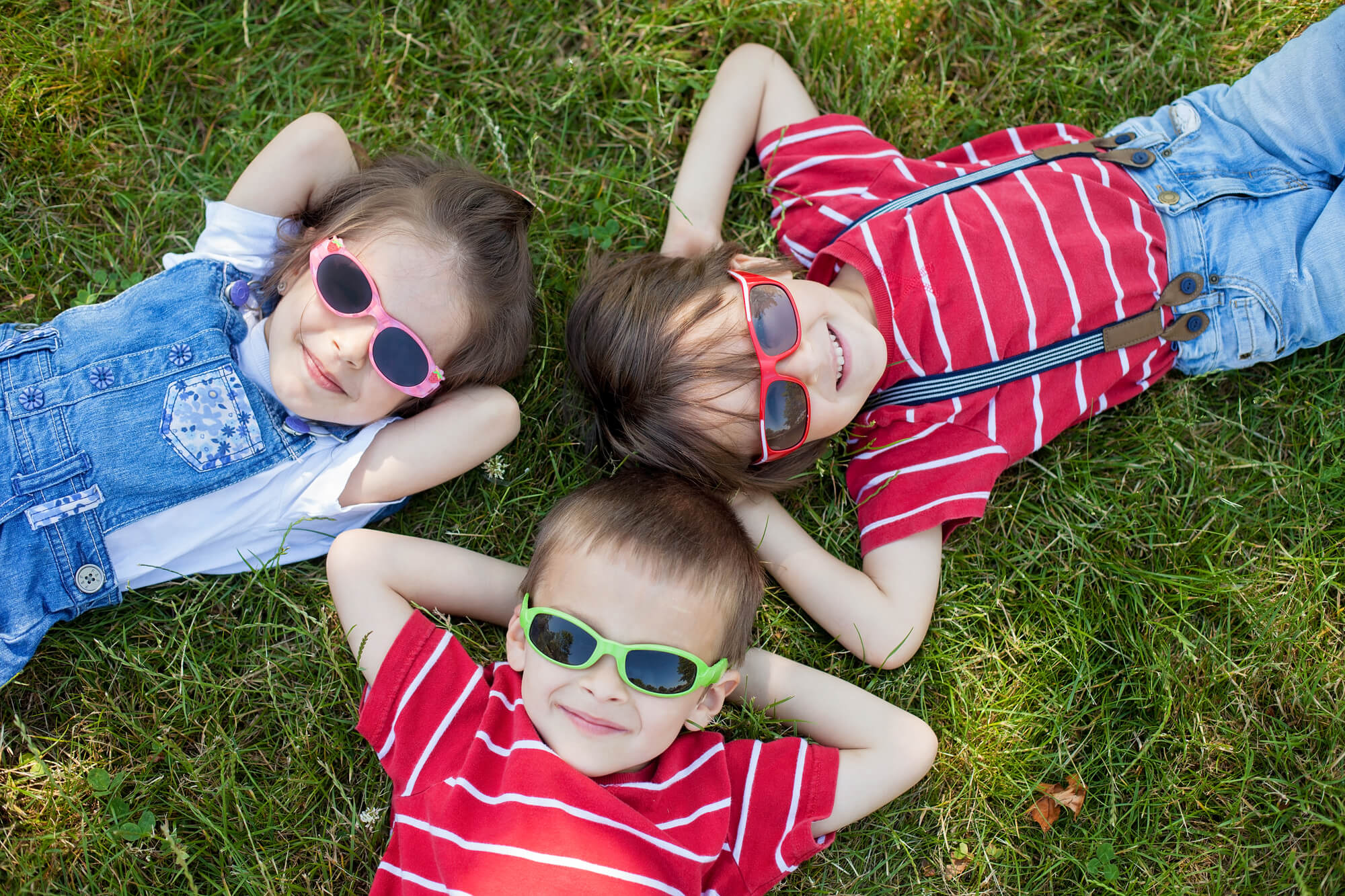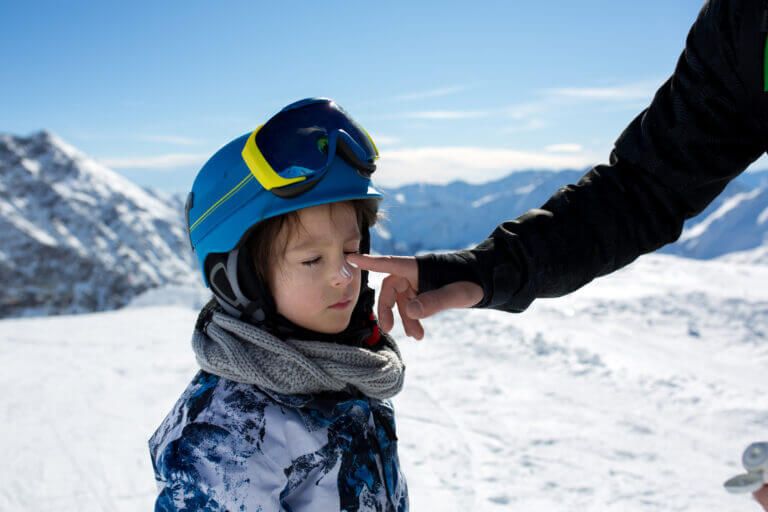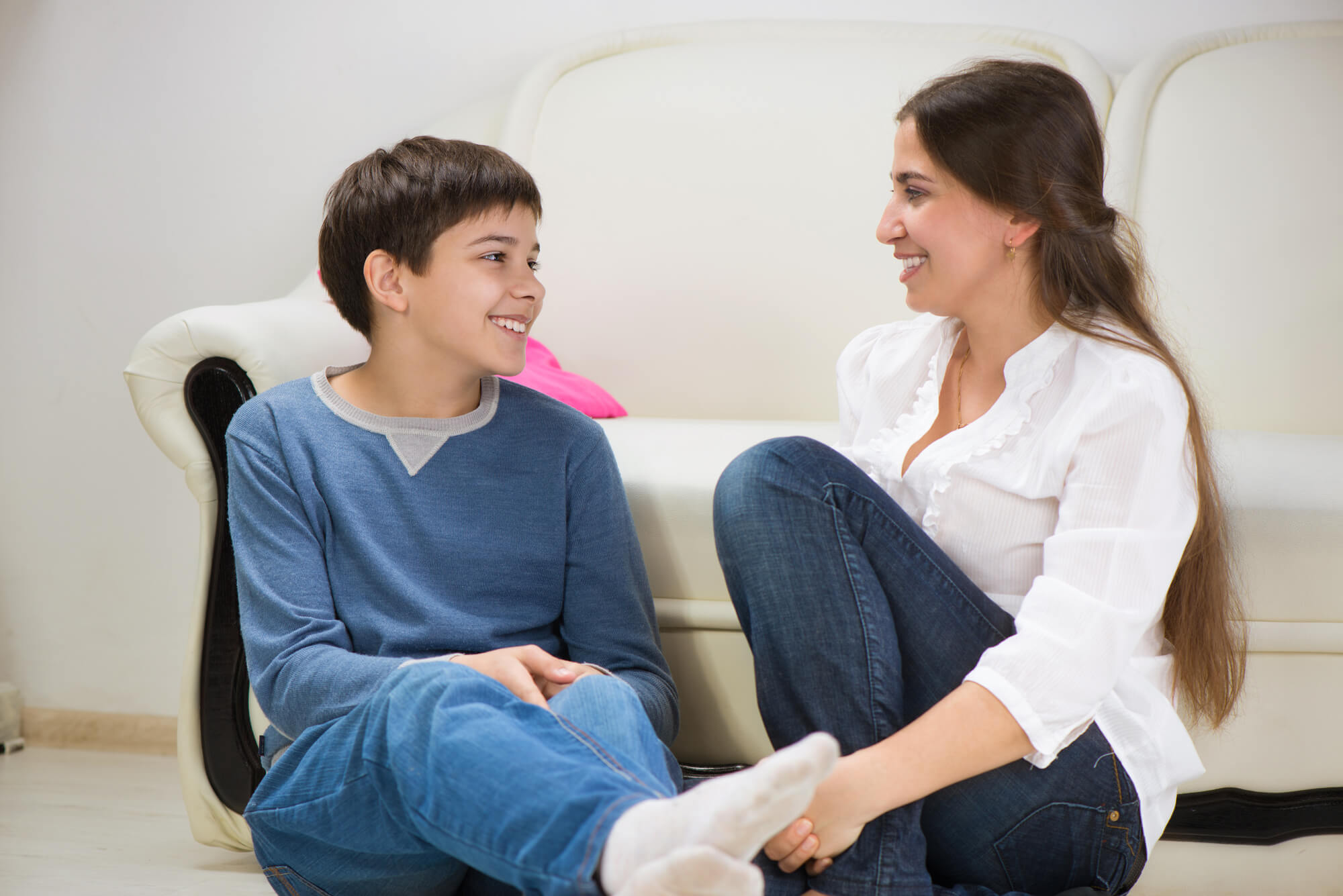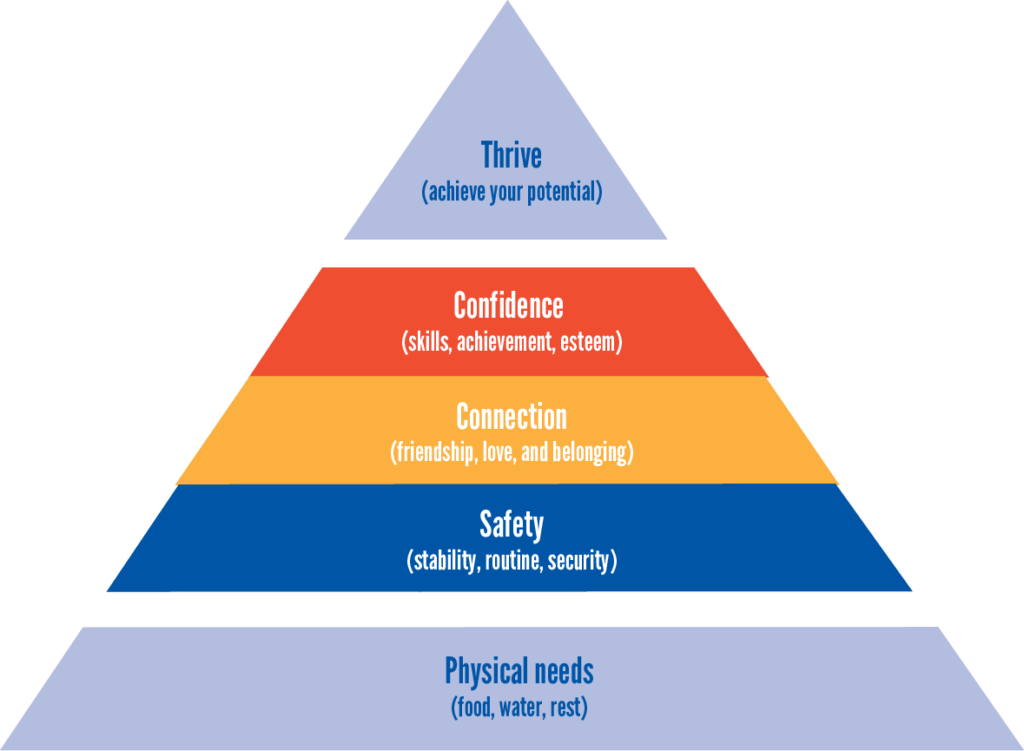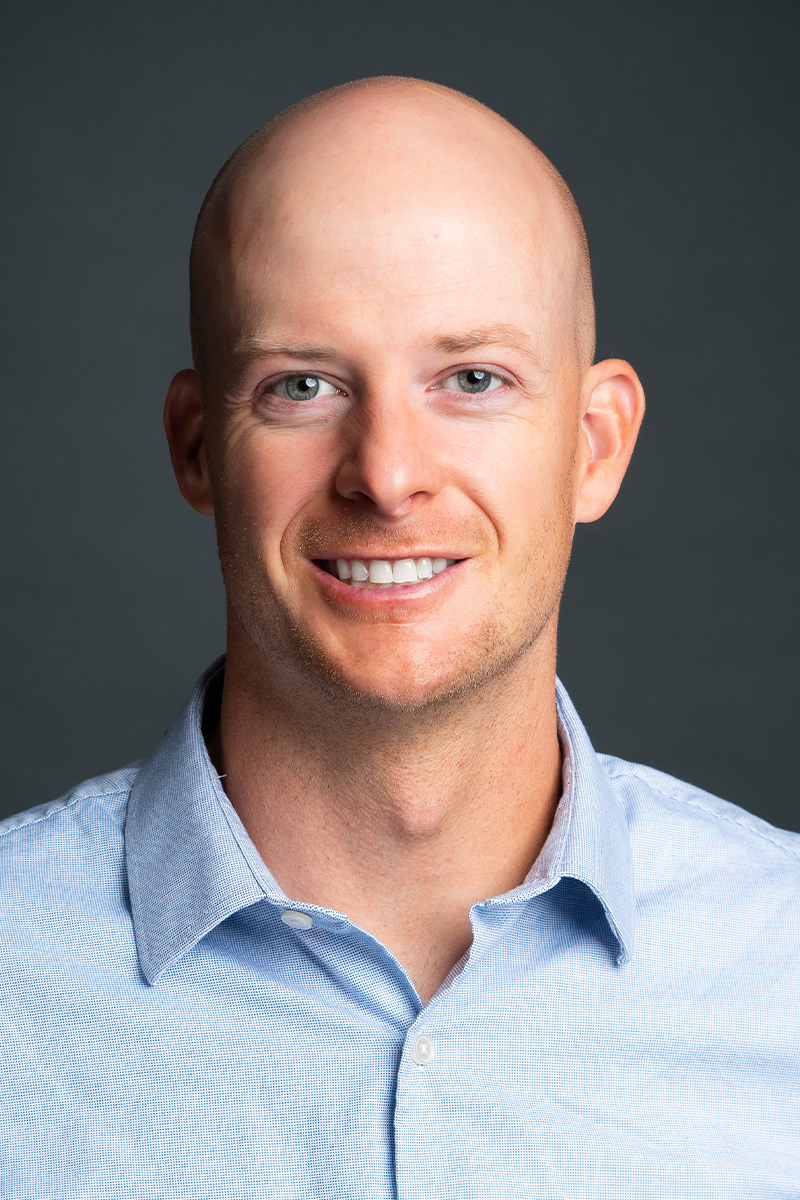Is your medicine cabinet a jumble of bottles, with some expired medications drying up in the back? Have you ever had a child sick in the middle of the night and had to send someone out in the cold to pick up something for a bit of relief? Pediatricians often call the winter months “respiratory season” because of the seasonal spikes in viral illnesses, so consider doing a quick check on your medicine cabinet so you can be prepared. Here is what I have in my home, regardless of the time of year.
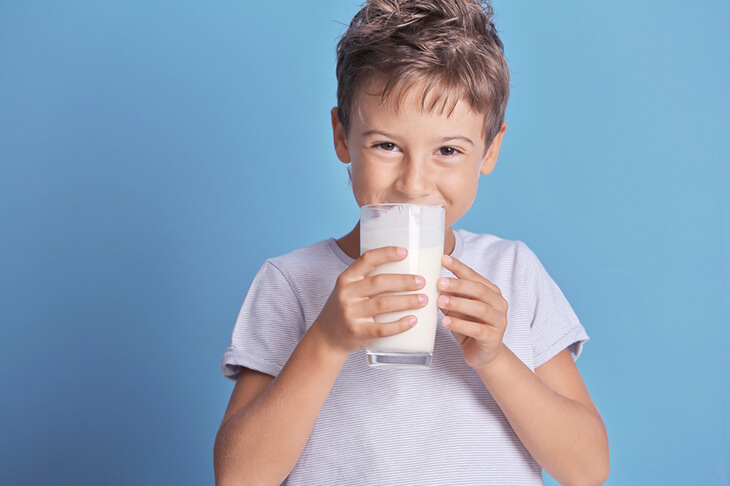
Multivitamins
Even with a varied diet, it can be hard to get all the recommended nutrients every day. The AAP recommends breastfed babies receive 400 IU of vitamin D supplementation, and all children and adolescents 1 year and older receive 600 IU of vitamin D. This is especially important for Utahns because while many Americans are vitamin D deficient, we are at even higher risk in the high latitudes of Utah. Bone density increases fastest during growth in childhood and adolescence, so take advantage of that by adding calcium too–especially during puberty! Consider providing these nutrients through a multivitamin, especially if your child has picky eating habits.

Acetaminophen (Tylenol)
Acetaminophen is great at reducing fevers and pain. Children as young as 3 months of age can safely take acetaminophen for teething, fevers with illnesses, or other fussiness you may think may be pain-related. Under 3 months of age, you should talk to your pediatrician first. A fever in this age group should be evaluated immediately. Also talk to your doctor first if your child has a history of liver disease or injury.

Ibuprofen (Motrin)
I am a fan of acetaminophen and an even BIGGER fan of ibuprofen. For children 6 months and older, I usually grab this one first. Ibuprofen also treats fevers and pain, and at higher doses has anti-inflammatory effects too. When kids have pain in their bones or muscles, I usually recommend this as the first-line medication offered. Talk to your doctor first if your child has a history of kidney disease or if you are concerned about them being severely dehydrated.
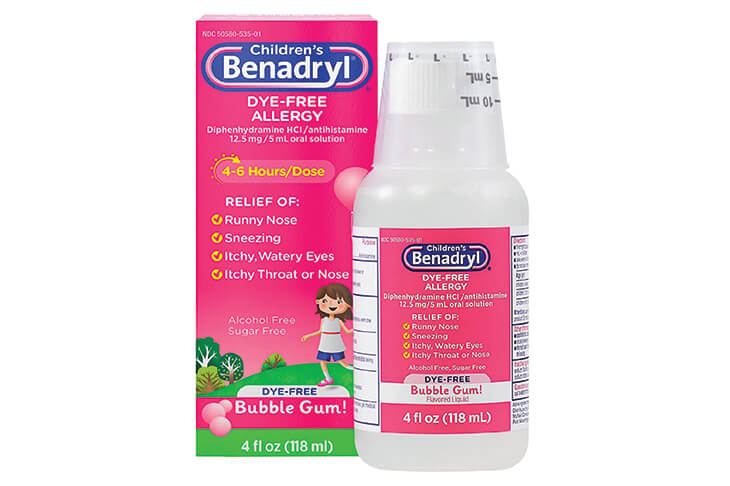
Diphenhydramine (Benadryl)
Diphenhydramine is a powerhouse medication with many uses. While I hope you don’t need it often, I have it in my medicine cabinet just in case. It can be used for allergies, itching, allergic reactions, motion sickness, severe sleep issues (clear this one with your doctor first), and even helps treat migraines.
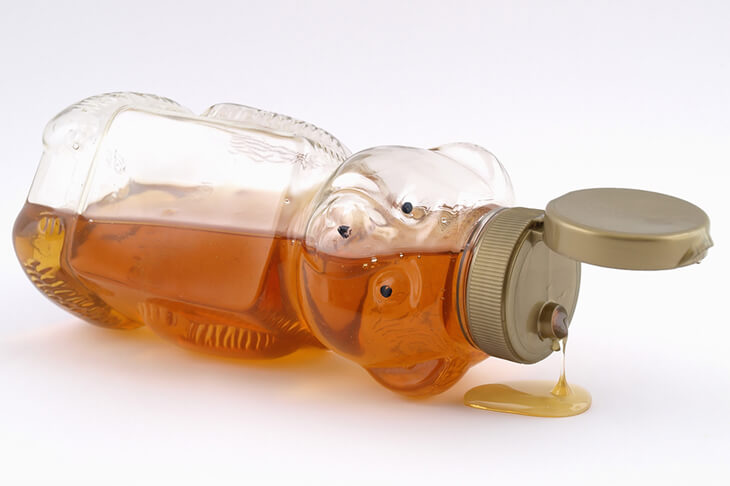
Honey
Ok, this is not a medication, but have you ever had a bad cold and been soothed by a spoonful of honey either swallowed straight or mixed into warm tea? When prescription medications are not needed, it is so great to have other options, so try this for a cough or sore throat. Just remember, infants under 1 year of age should never be given any honey or honey products because of their risk for botulism.
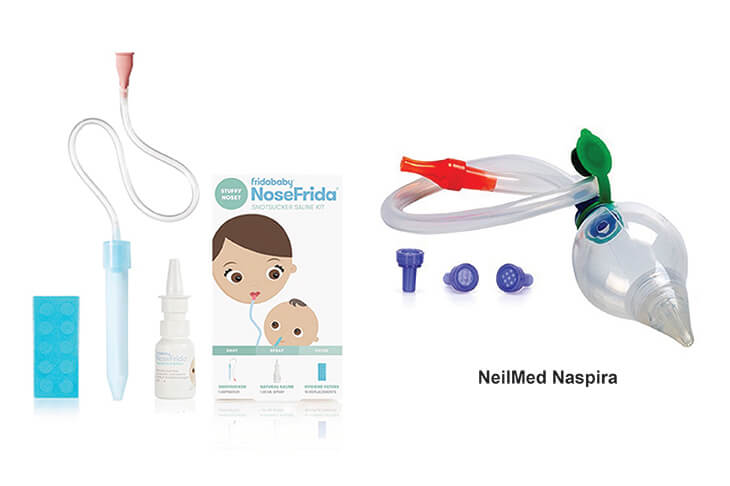
Bonus: Nasal Aspirator
Another non-medication, but WOW, these are great for all of our sick and snotty babies! The Nose Frida and NeilMed Naspira are some of my favorites because you control the strength of the suction, and they disassemble easily for thorough cleaning between uses. A good nasal suction can sometimes keep a baby out of the doctor’s office, and while we love to see you, your sweet baby may rather stay at home. Pair its use with nasal saline drops or saline spray to break up that snot and increase your suction superhero powers. Nasal saline can also be very effective on its own for children who are older or do not tolerate suction.

For your child’s dosing of the medications listed, check out our Dosage Charts. And if you ever have questions or concerns about your child’s illness, the pediatricians at Canyon View Pediatrics are here for you. We can clarify your child’s appropriate dosing for medications, provide recommendations on how to use them, and determine if other treatments, such as antibiotics, are needed as well. And remember to always keep your medications (including those vitamins) in a safe and secure place away from your child’s reach. If you have a concern about accidental consumption, call us right away, or call Poison Control at 1-800-222-1222.
Sarah Tang, MD
Canyon View Pediatrics
Spanish Fork, UT
